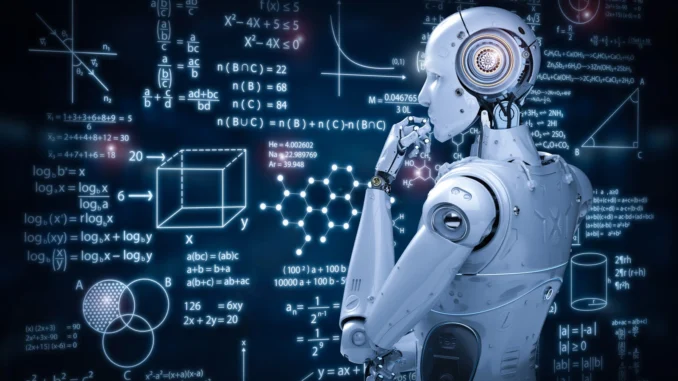
Human-AI collaboration, also known as hybrid intelligence, is an emerging paradigm that leverages the strengths of both humans and AI to drive innovation, productivity, and problem-solving.
This collaboration has the potential to redefine the future of work, leading to increased efficiency, creativity, and value creation. Here are some key aspects of human-AI collaboration:








### 1. **Augmenting Human Capabilities**
– **Data Analysis**: AI can process vast amounts of data, freeing humans to focus on high-level decision-making and strategy.
– **Predictive Maintenance**: AI can analyze machine data to predict when maintenance is required, reducing downtime and human error in manual inspections.
– **Creative Applications**: Collaborative tools like AI-powered design software can enable humans to explore new creative possibilities and optimize their work.
### 2. **Enhancing Human Judgment**
– **Contextual Understanding**: AI is still limited in its understanding of context and subtleties of human behavior. Humans bring essential judgment and contextual insight to complex problems.
– **Ethical Considerations**: As AI is integrated, ethical considerations must be kept in mind. Humans can ensure that AI decisions align with values and principles.
– **Interpreting Outcomes**: Humans must interpret AI-driven insights, recognizing both positive and negative implications of AI-driven decisions.
### 3. **Improving Efficiency and Productivity**
– **Automation of Repetitive Tasks**: AI can take over tasks that require repetitive or routine actions, enhancing productivity in industries like logistics, customer service, and healthcare.
– **Enhanced Collaboration Tools**: AI can facilitate collaboration among team members, helping to prioritize tasks, schedule meetings, and allocate resources more efficiently.
### 4. **Addressing Skills Gap and Workforce Development**
– **New Job Categories**: Human-AI collaboration may create new job profiles, such as AI trainers, digital curators, and hybrid data analysts.
– **Upskilling and Reskilling**: Training programs focused on AI literacy, data analysis, and human-computer interface skills can prepare workers for the changing job landscape.
### 5. **Addressing Ethical Concerns and Bias**
– **Transparency and Accountability**: As AI becomes more pervasive, there’s a growing need for transparency in how AI-driven decisions are made and to hold AI systems accountable for their actions.
– **Diversity and Inclusion**: AI should be designed to mitigate bias and promote inclusivity in decision-making processes, ensuring fair outcomes for diverse groups.
### 6. **Future Workplaces and Industries**
– **Virtual Teams and Remote Work**: Human-AI collaboration can facilitate global virtual teams and remote work arrangements, reducing the need for physical co-location.
– **AI-Powered Services and Industries**: New industries and services may emerge that are driven by human-AI collaboration, creating new opportunities for entrepreneurship and innovation.
### 7. **Potential Challenges and Risks**
– **Dependence on AI**: Overreliance on AI could lead to decreased critical thinking and problem-solving skills among human workers.
– **Cybersecurity Risks**: Integration with AI increases the risk of cyberattacks and data breaches, necessitating enhanced security protocols.
### **Conclusion**
Human-AI collaboration offers a future where technology enhances human capabilities, improves productivity, and creates new opportunities. By embracing hybrid intelligence and addressing the challenges and concerns associated with its integration, we can unlock a brighter future where humans and AI work together in harmony.


Leave a Reply